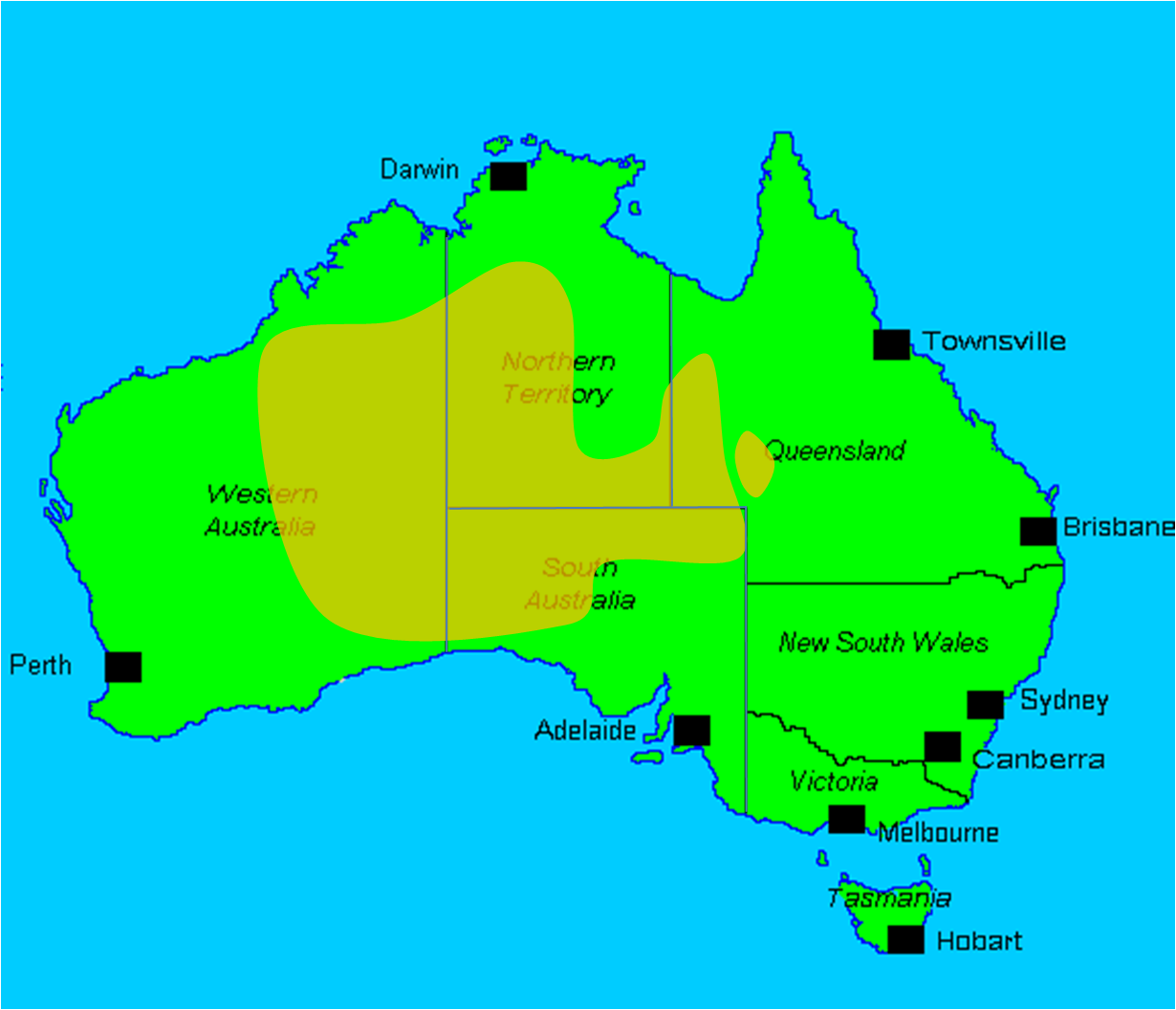Beat met to the announcement!
Walking Through Dreams is indeed up for the 2019 Sidewise Award. Feels rather pleasing to see the book's cover alongside the other nominees on
the official website.
Winners will be announced during Discon III on 15-19 December this year. (The Tor website didn't mention that, which was odd because it was part of the announcement).
Also gives me a bit of a buzz to know that two of the stories in the
Alternate Australias anthology I edited are up for the 2020 Short Form Sidewise Award:
1827: Napoleon in Australia by Andrew J Harvey and
Moonshot by Matthew Kresal. Full credit to those authors, and it was pleasing to have a hand in bringing those stories to publication.
In other relevant news for this thread, Book 2 of Lands of Red and Gold, titled
The Proxy Dance, will be released before the end of the year. Substantial delays due to COVID, but it's just about there. As well as the extensive revisions and updates to the existing timeline, it contains a substantial amount of new material. Book 3 is in the final stages of self-editing (always takes me a while). Then I'll start work on Book 4, much (though not all) of which will appear in the timeline thread here.
